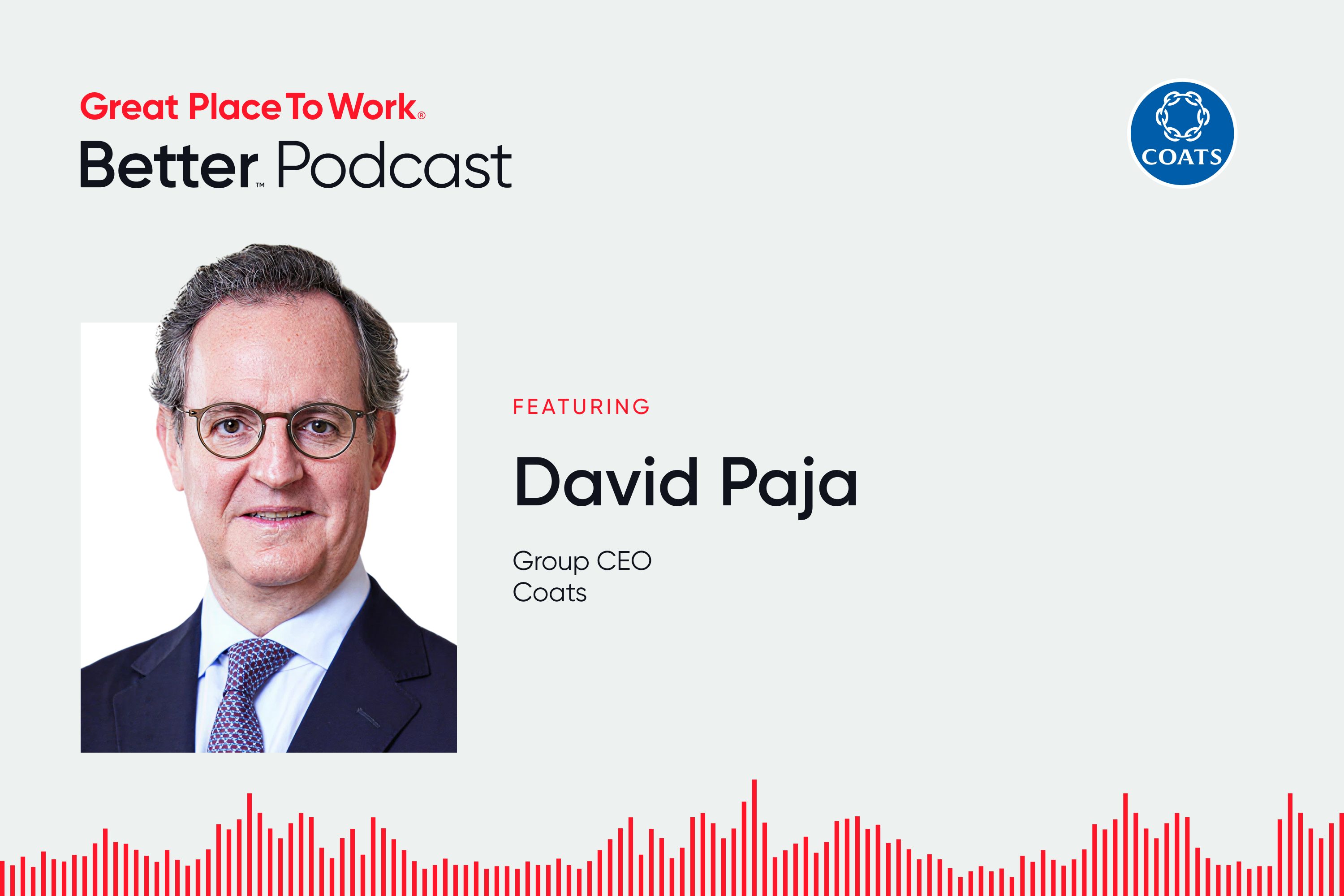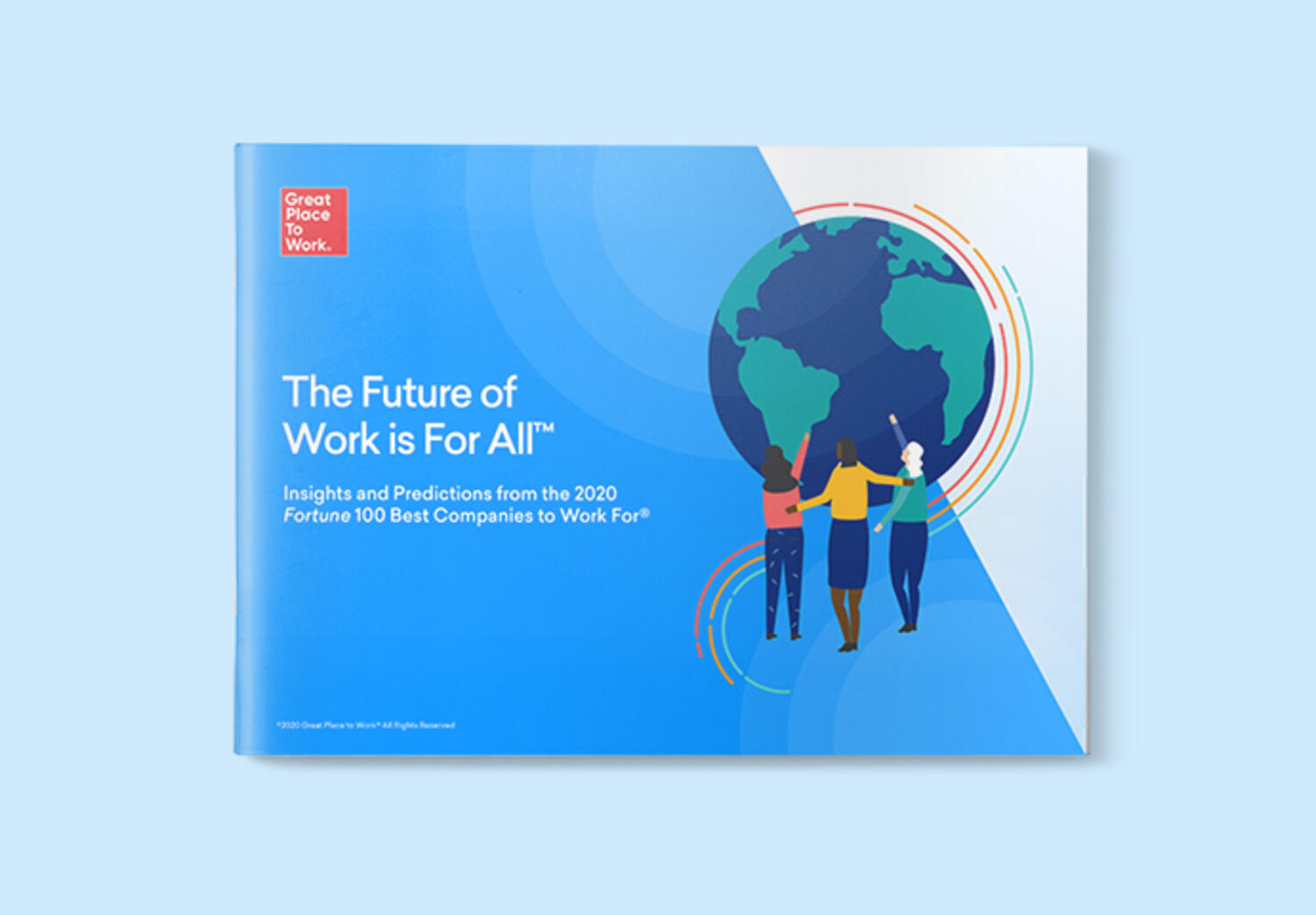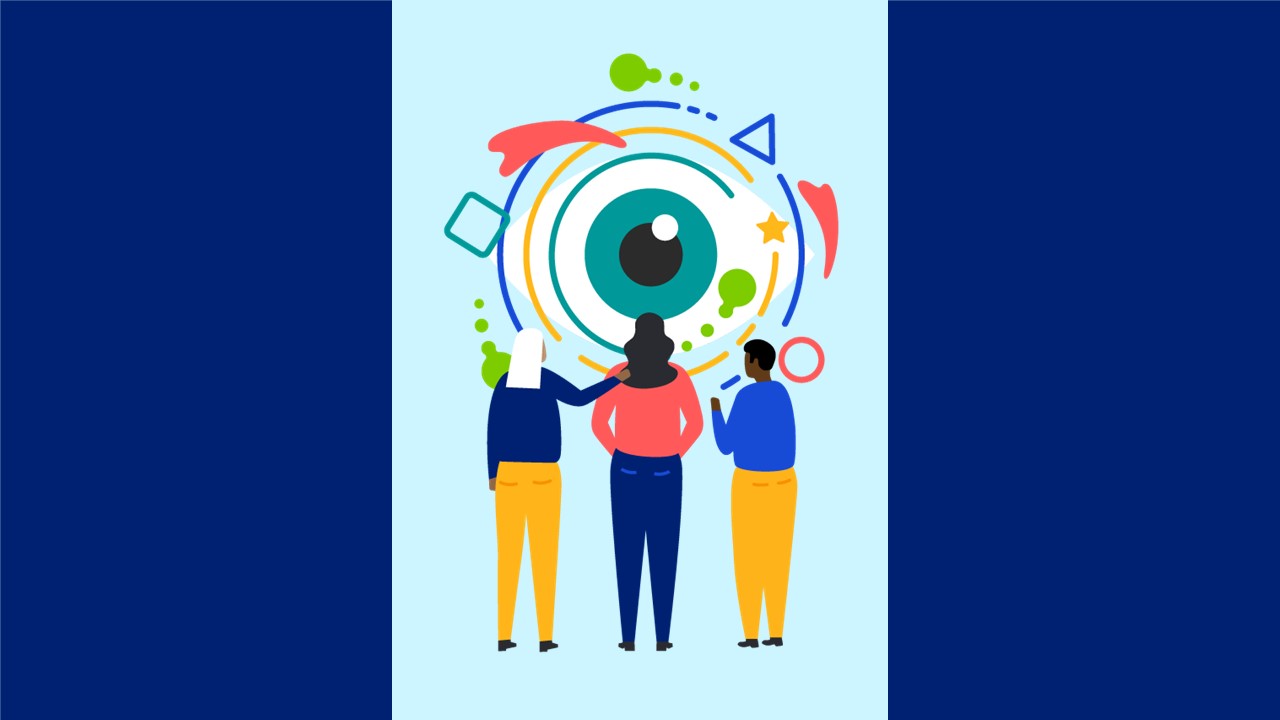Diversity & Inclusion, FOR ALL
An interview with Sarah Lewis-Kulin, VP, Best Workplace List Research, Great Place To Work®
Does hiring a demographically diverse workforce improve business results?
Of course it’s important to hire diverse talent – that connection has been well established. But it’s not enough to get the results you want. The worst thing you can do is hire talent, and then put them in a position where they can’t be successful, and you can’t get their best contributions. It’s not enough for people to just be present in the organization – they need to be included to the same extent their colleagues are.
In order to realize each employee's’ potential – which we’ve found is key to driving business growth – you need to make sure new hires not only feel safe, but are able to be their unique selves, share disruptive ideas, trust and collaborate with their colleagues, take risks and fully engage in the workplace in a way that will drive exceptional business performance.
What are some things that companies on the Best Workplaces for Diversity list do better than others?
The Best Workplaces for Diversity have more leaders who are able to create connections with everyone – they inspire their people to be their best, make it safe to be themselves, make it safe to challenge the dominant ideas and take risks – all of which drives the business forward by creating a more engaged, trusting workforce who is all-in on driving the organization’s innovations forward.
There’s a lot of fear in the world today – it can be hard to be yourself and bring your full, best self to work if you are feeling politically, socially, economically unstable. Leaders who overcome this fear bring the best out of their people and get ahead, while their competitors are slowed down by uncertain times.
What guidance do you give to companies that want to create inclusive workplaces for all employees?
Our research shows that there are some common areas companies need to shore up in order to include all their people. Generally speaking, communication and recognition programs, especially those that involve access to senior leaders, should make special attempts to include women. Programs that solicit employees’ ideas should pay special attention to including all employees, regardless of role or shift. Social events and formal or informal activities that show caring and support to colleagues should be comfortable and inclusive to all people, regardless of cultural, religious or other personal backgrounds.
And, to understand how employees feel about their workplace, you need a quantitative measurement tool. The Trust Index, our flagship survey, is an excellent tool to not only understand the experience of employees, but also to reduce or eliminate exceptions in those experiences. Its data helps leaders hone in on cultural “leaks” in their organizations, where they are losing employee engagement or creating innovation and agility friction.
Have you seen diversity become a driver of innovation and performance?
The relationship between diversity and innovation is really well established already – not only by Great Place To Work, but by academics and other researchers who study market leading organizations. It’s easy to see how greater diversity can help companies come up with better ideas, have the complementary skills to execute faster, or understand and meet the needs of a wider segment of customers better. But there is a gap in understanding how to do this. A company that does this well is Marriott.
Marriott’s executives see innovation and diversity as intertwined versus separate programs or initiatives. A strategic focus on diversity and inclusion comes from the top, with CEO Arne Sorenson. Sorenson and Marriott’s board focus there because they know that diversity, inclusion and innovation are intertwined and essential to their business strategy.
Marriott has developed teams that span gender, generations, cultures, countries, and job roles. The individuals on the team understand that they have both the responsibility and the opportunity to solve problems using their unique perspectives. As a result, they are able to meet different customer needs and evolve for the current digital age. It’s sophisticated approach to diversity and innovation is paying dividends in a very competitive, evolving market.











